606 reads
How to Design Screens & Widgets In Flutter
by
September 9th, 2022
Audio Presented by

As a freelancer, I create addons and scripts to automate google products such as sheets, Gmail, docs with apps script.
About Author
As a freelancer, I create addons and scripts to automate google products such as sheets, Gmail, docs with apps script.
Comments
TOPICS
Related Stories
Java bits: 0xFF and 0xFFL
Oct 31, 2017
10 good rules for bad App
Apr 03, 2016